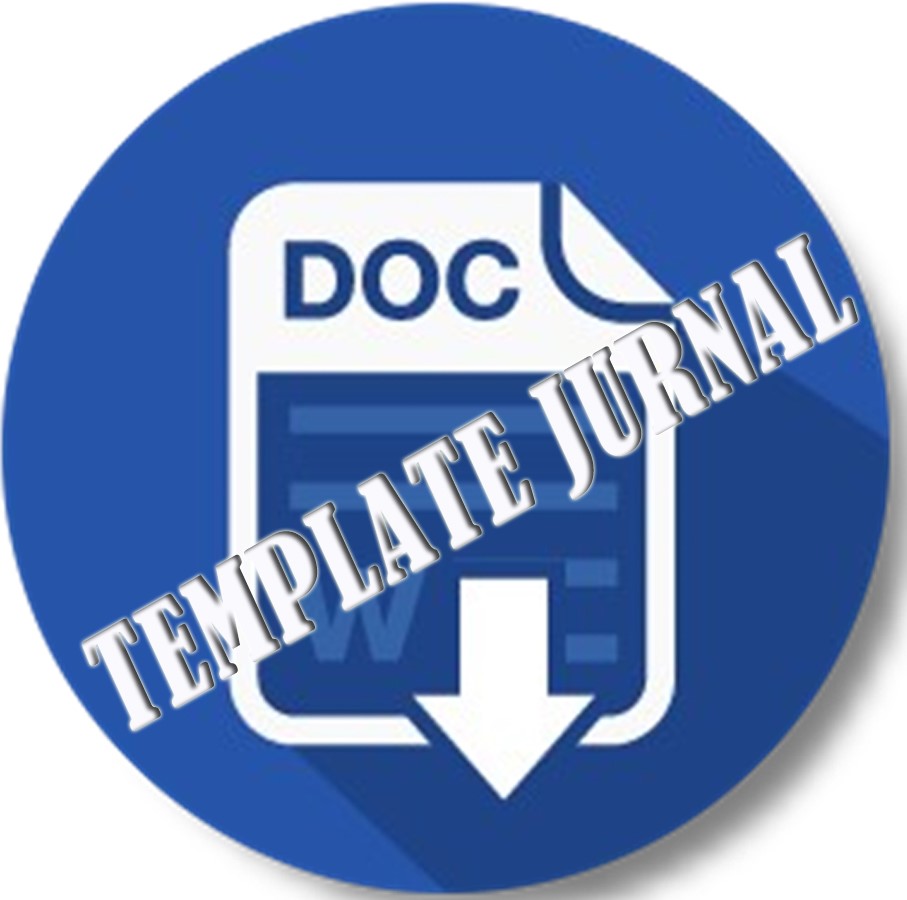UNSUR-UNSUR DISAIN PADA RUANG TERBUKA HIJAU DI KAMPUS BURLIAN UNIVERSITAS KATOLIK MUSI CHARITAS
Abstract
There is a correlation between green open space on campus and the quality of life, including the academic quality of the students. In supporting the optimization of green open spaces, it is necessary to map open spaces as data for implementing regulations and preventing uncontrolled regional development. Development without paying attention to environmental aspects causes much loss of green open space. The situation on the Kampus Burlian UKMC has a lot of greenery (vegetation). The purpose of this study is to examine the elements of design that make up green open spaces. It provides benefits to the student learning process at the Kampus Burlian UKMC and the contribution of green open spaces to the direction of the green campus development concept in order to meet the adequacy of the ideal green open space; Organizing the RTH of the Kampus Burlian UKMC; Providing efforts or preservation of green open space at the Kampus Burlian UKMC. The data analysis method used is a phenomenon in the field. The results of this study can be used as consideration for policymakers to improve the sustainability status of green open space management both at UKMC and on campus or in other green open spaces.
References
M. Mulyati and S. W. A. Mustika, “Kajian Kebutuhan Oksigen Terhadap Ruang Terbuka Hijau Kampus Bangau Universitas Katolik Musi Charitas Palembang,” Sebatik, vol. 23, no. 2, pp. 408–413, 2019, doi: 10.46984/sebatik.v23i2.791.
Amiany, “Penataan ruang terbuka hijau di kawasan fakultas teknik universitas palangka raya,” J. Perspekt. Arsit., vol. 11, no. No. 2, December 2016, pp. 251–260, 2016, [Online]. Available: https://e-journal.upr.ac.id/index.php/JTA/article/view/1983/1703.
A. G. Koto and I. Taslim, “Kajian Ruang Terbuka Hijau Kampus Universitas Muhammadiyah Gorontalo Menggunakan Foto Udara Drone,” Media Komun. Geogr., vol. 19, no. 2, p. 153, 2019, doi: 10.23887/mkg.v19i2.14735.
Casnugi, “Kajian Pola Perilaku Dan Pemanfaatan Ruang Publik Di Kampung Tepi Sungai Winongo,” pp. 1–21, 2016.
A. Qalam Muntaha, P. sebagai Solusi hal, P. Sebagai Solusi Peningkatan Kualitas Ruang Terbuka Hijau Kota Makassar, A. Bahri, A. Saputra, and M. Arifuddin, “Prosiding Seminar Nasional Biologi dan Pembelajarannya Education As a Solution to Improve The Quality of Green Space In Makassar,” pp. 11–23, 2020.
F. Hidayat, “Identifikasi Fasilitas dan Aktivitas Masyarakat di RTH Putri Kacamayang Pekanbaru,” pp. 11–26, 2020.
W. O. Suciyani, “Analisis Potensi Pemanfaatan Ruang Terbuka Hijau (Rth) Kampus Di Politeknik Negeri Bandung,” J. Planol., vol. 15, no. 1, p. 17, 2018, doi: 10.30659/jpsa.v15i1.2742.
CIPTA KARYA, “Pembangunan Sarana Prasarana Pendidikan Berwawasan Global dan Berkarakter”, EDISI 03 Tahun XX, Mei-Juni 2022. [Online]. Available: http://ciptakarya.pu.go.id/dok/bulletin/buletin_2017/pdf/1657784696-Buletin%20CK_EDISI_Mei-Juni2022.pdf. [Accessed: 29-July-2022].
Hakim R., Komponen Perancangan Arsitektur Lansekap Prinsip-Unsur dan Aplikasi Desain – Edisi 2. Jakarta: PT. Bumi Aksara, 2012.
Sakkar A. dan Ramli R., Taman Edukasi. Makassar: Alauddin University Press, 2015.
Undang-Undang Republik Indonesia, “Tentang Penataan Ruang No.26 Tahun 2007”, 2007. [Online]. Available: https://peraturan.bpk.go.id/Home/Download/29499/UU%20Nomor%2026%20Tahun%202007.pdf. [Accessed: 29-July-2022].









